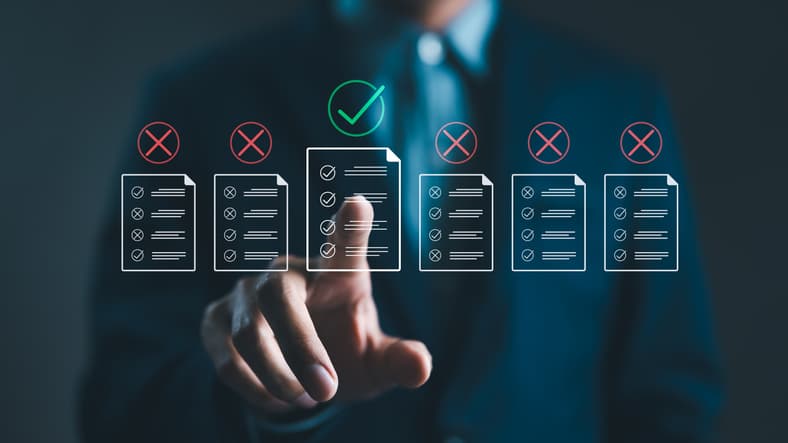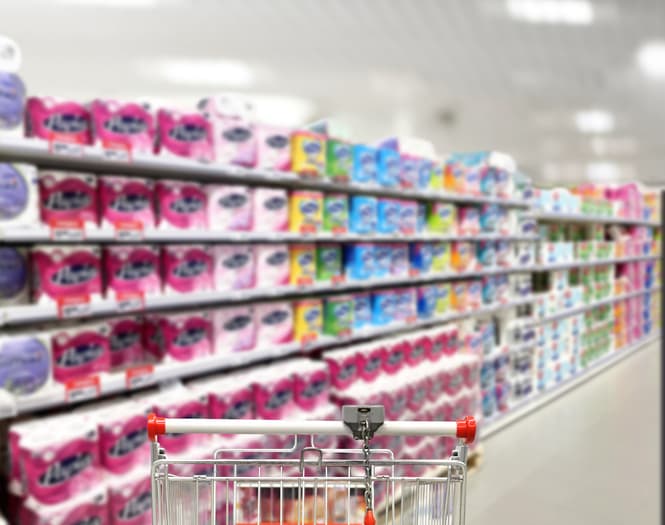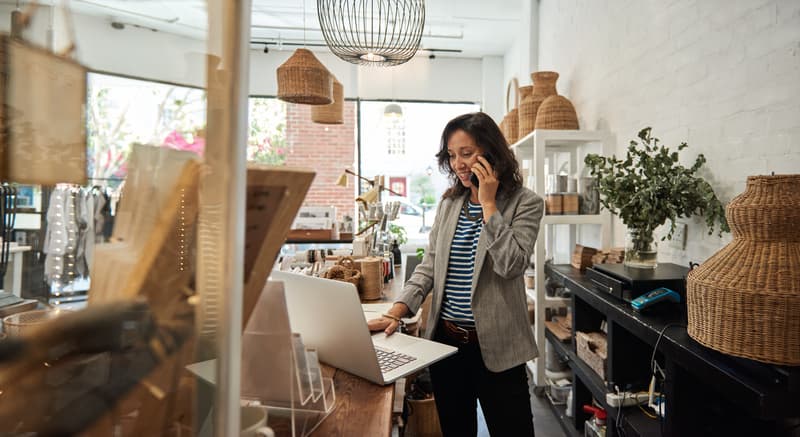
By: James Morris-Manuel, EMEA Managing Director at Matterport

As COVID-19 restrictions lift, much of the UK’s workforce is being encouraged to return to their offices. But like many things about 2021, office spaces today are likely to be very different to the ones we left behind in 2020. And workers’ views are also different: for many, a return to the office signals another step towards normality, while others are not yet ready to leave the safety of their at-home desk just yet. The world may be reopening, but COVID-19 has not gone away.
According to a recent report by Deloitte, containment of the virus will be a top priority for organisations looking to entice workers back. Successful organisations will be those who show staff that appropriate measures are in place to create safe spaces for staff, and who are positioned to adjust quickly in the face of new restrictions. Much of this comes down to office design, led by facilities managers and commercial operators.
At the height of the pandemic, hand sanitizing stations and two-meter distanced floor signs became the norm. While they may not be required anymore, organisations continue to focus on mapping office layouts to accommodate other safety measures. New technologies like digital twins are empowering facilities managers to do this more quickly and effectively, and be more nimble in the face of shifting guidelines and precautions.
Increasingly, facilities managers are using digital twin technology to map entire buildings, office floors, or workspaces for a highly detailed overview of the building, including exact measures of room size, ceiling heights and other structural elements. Digital twins are dimensionally-accurate virtual models of physical objects or spaces. Facilities managers can use the data they capture to map details like safe distances between desks, number of seats in a canteen, or how to get the best capacity from a meeting room. And with a full replica of their space, managers can quickly and safely make adjustments to meet changing compliance requirements – regardless of sector or business size.
Facilities managers looking to stay one step ahead can also use digital twins to stress-test future mitigation scenarios. These dimensionally-accurate models can act as simulation tools for assessing the impact of potential scenarios or policy changes and determining the feasibility of adjustments, without having to make adjustments in the physical space. This deeper insight significantly speeds up planning processes and enables facilities managers to be more responsive in fast-moving situations. Additionally, digital twins enable facilities managers to scale – whether for small pilot groups of staff or for large numbers of workers returning to an office en masse. The process is a complete, data-rich vision that helps inform plans – and not just for one building, but multiple offices across the country.
As a highly photorealistic representation of a space, a digital twin is an optimal showcase tool. In addition to mapping and scenario planning, it is a useful means of supporting returning employees, who can visualise what steps are being taken to protect them and immersively experience any rules or protocols that are being enforced – before they ever step foot back in the office. This goes a long way in instilling trust and restoring workforce confidence.
As the trend of digitising buildings continues, digital twins are becoming mainstream, and have emerged as a critical tool for office re-openings. The value of digital twin technology for offices comes from the connection between real-life and virtual models of spaces. By bridging physical and virtual, digital twins better equip organisations to safely reopen offices, while creating more transparent building management processes for returning employees. Preparing for a mass return of employees to an office is no easy feat. However, with digital twins, facilities managers and commercial landlords are supported to plan for the future and remain one step ahead.


